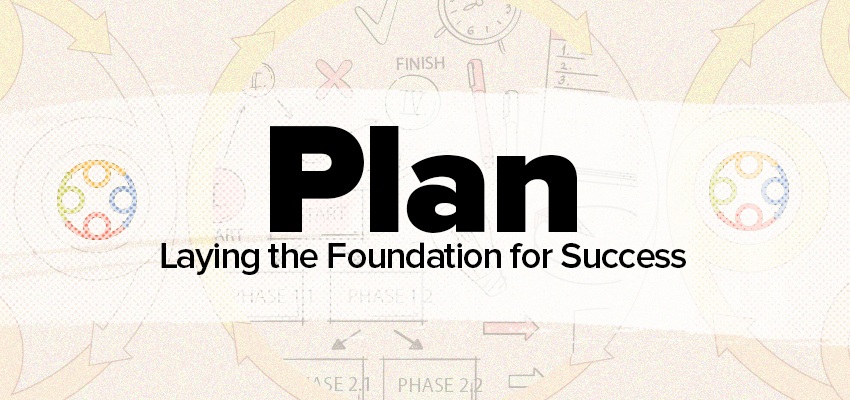PDCA Cycle in the Software Quality Assurance Process

In software testing, Quality Assurance (QA) can be quoted as a technique to ensure the quality of software products or services delivered to clients by a business. Quality assurance aims to enhance the efficiency and effectiveness of the software development process under the quality standards established for software products. A widely implemented procedure in QA for software testing is the PDCA cycle. PDCA stands for Plan-Do-Check-Act, and it encompasses four stages that foster continuous improvement.
Plan: Laying the Foundation for Success

The first step in the PDCA cycle is to plan testing activities. This phase is where you start asking essential questions and setting clear objectives. What are we trying to achieve with our testing? What are the potential risks? Defining test scenarios and establishing a comprehensive test plan are more important. Collaboration with stakeholders is crucial at this stage to gather requirements and ensure that the testing process aligns with their expectations. By carefully planning our testing approach, we can save valuable time and resources in the long run.
Imagine you're part of a QA team testing a new e-commerce website. In the planning phase, you’d outline key test scenarios such as user registration, product search, and checkout process. Setting these objectives helps ensure that the testing efforts are focused and comprehensive.
Do: Bringing Plans to Life

The “Do” phase is where the real testing takes place. Testers execute the test scenarios and test cases outlined in the test plan, closely monitoring the application's or website’s behavior. It's essential to keep detailed records of the test results, including any defects or issues encountered. By documenting the test findings, we can provide valuable feedback to the development team and facilitate the resolution of identified issues. Proper documentation during this phase can help avoid unnecessary rework and speed up the development process.
Continuing with our e-commerce website example, during the "Do" phase, testers would simulate various user actions, such as adding items to the cart, applying discount codes, and processing payments. Each action is recorded carefully to identify any deviations from expected behavior.
Check: Analyzing and Reflecting

Once the testing is over, the “Check” phase begins. Testers analyze the test results and compare them against the expected outcomes. This step involves identifying any Inconsistency or abnormalities from the expected behavior. Conducting thorough checks allows testers to pinpoint areas needing improvement and take necessary corrective actions. Investing time in preparing metrics and KPIs to measure testing progress and quality is beneficial. Additionally, implementing tools to track the progress of the testing effort, peer reviews, and continuous evaluation of the test cases are excellent practices to ensure the quality of the product or application.
In the "Check" phase, testers would review the performance of the e-commerce website under different loads. Did the site remain responsive during peak traffic? Were there any slowdowns or crashes? Analyzing these results helps identify areas for improvement.
Act: Implementing Improvements

The last phase, “Act,” focuses on implementing corrective actions based on the findings from the previous steps. This stage is about making continuous improvements to the process and the product. Collaborating with the development team to address identified issues and making necessary enhancements is important. Prioritizing tasks based on their severity and impact on the overall software quality is also essential.
After analyzing the test results, you might find that the checkout process is too slow. In the "Act" phase, you’d work with developers to optimize the code, maybe by improving database queries or refining the user interface.
In the fast-paced world of software development and testing, the PDCA cycle is an invaluable framework for ensuring continuous improvement and delivering high-quality products. Each step Plan, Do, Check, Act plays a crucial role in improving the development process, addressing issues on time, and aligning the final product with stakeholders' expectations.